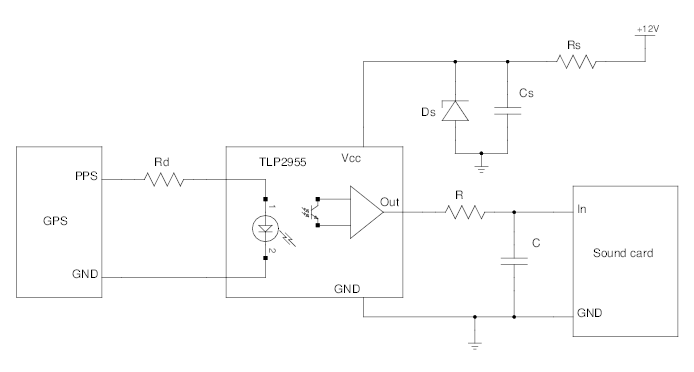

Additionally, the paths of VLF signals from transmitters to receivers are severely distorted by the ionospheric changes along the very long transmission paths. This error source would later be overcome using atomic clocks at all transmitter sites however, aligning clocks at multiple sites was still problematic. Synchronizing of the two transmitters over transmitter distances of thousands of miles was challenging in the mid-20th century.


The OMEGA navigation system had accuracy in the 1-4 nautical mile (nmi) range, which was dependent on a number of factors. Using two or more pairs of transmitters allowed for an accurate horizontal position measurement. A receiver measured the signals from the transmitters and a comparison was made between the known delay and the measured delay, and the location of the receiver was determined to lie on a curve that was a function of this delay. In these hyperbolic navigation systems, transmitters were synchronized by using one of the transmitters as the trigger for the other to broadcast after a fixed known delay. (Russia had a comparable system known as ALPHA.) OMEGA had 8 ground-based transmitters strategically located around the world and provided 24-hour global coverage, operating in the 10-14 kHz range. Using VLF signals to aid navigation has its origins from the middle of the 20th century with the OMEGA hyperbolic navigation system being the most widely used system by the U.S. In the event of a prolonged period of GPS not being available and no other usual sources being available, additional sources of position fixing are needed. Typically, an INS will be corrected by fixes to GPS or some other fix source, such as a visual source, a radar contact or some other navigational feature. INSs drift over time and require periodic fixes to reset their position. Also, many maritime platform missions can be met with a military grade INS. INSs are not susceptible to interference in the same manner as GPS. Inertial navigation systems (INSs) are continuous, all-weather sources of position, velocity, and attitude information. Many military platforms also deploy inertial navigation systems along with GPS. Consequently, backups to GPS are needed for positioning and timing information to meet mission support. However, GPS is susceptible to interference and may not be continuously available in a time of conflict. As a result, GPS is the primary positioning and time source for maritime surface platforms. The DoD developed a Global Positioning System (GPS) to provide accurate, worldwide, all-weather, continuous position and time information to warfighters. Maritime platforms specifically need this information continuously to support safety of ship, weapons deployment and network communications, and geo-registration. Navy missions depends on personnel and platforms having access to accurate and reliable position, velocity, attitude, and time information. OBJECTIVE: Develop receivers and algorithms that employ Very Low Frequency (VLF) radio signals from existing United States Government (USG) ground stations to determine position and velocity information at sea on a United States Navy (USN) ship or submarine.ĭESCRIPTION: The success of U.S. Offerors are advised foreign nationals proposed to perform on this topic may be restricted due to the technical data under US Export Control Laws. Offerors must disclose any proposed use of foreign nationals (FNs), their country(ies) of origin, the type of visa or work permit possessed, and the statement of work (SOW) tasks intended for accomplishment by the FN(s) in accordance with section 3.5 of the Announcement. The technology within this topic is restricted under the International Traffic in Arms Regulation (ITAR), 22 CFR Parts 120-130, which controls the export and import of defense-related material and services, including export of sensitive technical data, or the Export Administration Regulation (EAR), 15 CFR Parts 730-774, which controls dual use items. RT&L FOCUS AREA(S): General Warfighting Requirements N211-052 TITLE: Navigational Positioning Source Using Very Low Frequency Signals


 0 kommentar(er)
0 kommentar(er)
